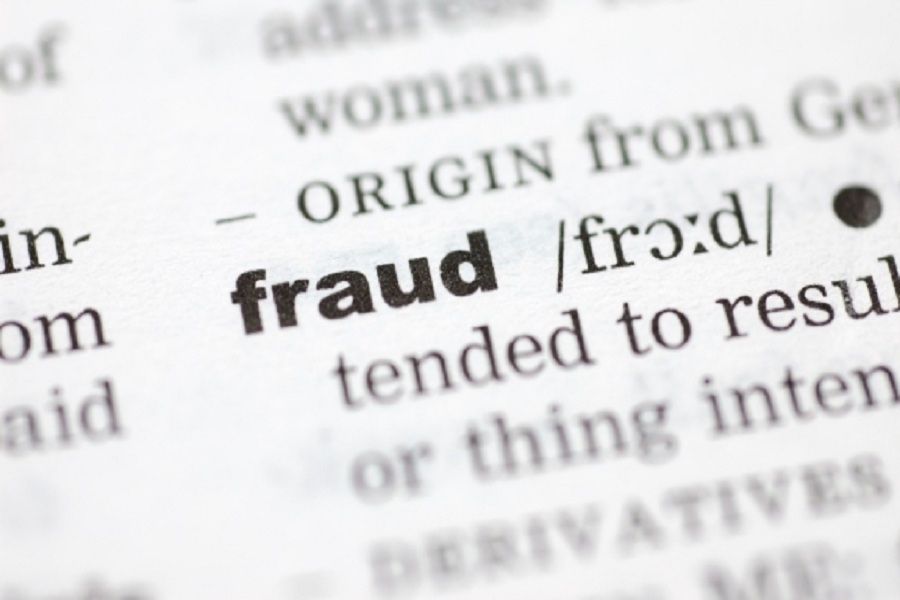Stocks tremble, but savers cheer rising rates
Rates on money funds and CDs could outpace inflation this year.
As the stock market trembles before the specter of three — or possibly four — interest-rate hikes by the Federal Reserve this year, investors in ultrasafe money market mutual funds and bank certificates of deposit will be cheering.
Stocks have been gyrating this month amid fears of rising inflation and the rising interest rates that generally follow. Those fears have been reflected in the 10-year Treasury note yield, which had jumped to 2.92% at midday Thursday from 2.49% at the end of 2017.
While the bond market dances to its own music, Federal Reserve monetary policy also influences it. A survey of members of the National Association of Business Economists in December showed their median forecast put the fed funds rate at 1.98% at the end of this year.
The futures markets for short-term interest rates echoes that, showing a strong expectation of three increases in the fed funds rate this year, and about a 30% chance for a fourth. The Fed’s target for its key borrowing rate rose in December to a range of 1.25% to 1.50%, and three quarter-point hikes would bring that to a level between 2% and 2.25%.
For stock and bond investors, higher rates aren’t good news. Bond prices fall when interest rates rise, and higher rates make it more expensive for companies to borrow. But long-suffering savers have been praying for higher rates for nearly a decade.
“I think this is the year where we cross the threshold between cash losing ground to inflation and cash keeping pace with inflation,” said Greg McBride, chief financial analyst for Bankrate.com.
At the end of January, the consumer price index had risen 2.1% over the previous 12 months. Top-yielding one-year bank CDs currently offer 2.10%, according to Bankrate.com; three fed funds rate hikes could nudge that above 2.75%.
Yields on bank savings and money market deposit accounts are also heating up.
“We’re seeing a bit of an arms race among top-yielding accounts,” Mr. McBride said. The high yield for nationally available savings accounts is currently 1.60%, and that’s offered by four banks. The national average yield is 0.09%.
You should expect rates on money market mutual funds to rise, too. The 100 largest retail money market funds currently yield an average 1.21%, according to Crane Data. Money fund yields follow the fed funds rate closely, so three hikes would put yields close to 2%.
While a 2% return isn’t much, it’s more than the dividend yield of the Standard & Poor’s 500 stock index, which currently stands at 1.78%. And at current levels, stretching for additional yield by moving to longer-term securities isn’t worthwhile, Mr. McBride said. “A five-year CD gets you 3%,” he said. “You want to stay in the game with short-term investments and reinvest as rates go up.”
You might want to caution clients that relatively few economists think there will be a fourth Fed rate hike this year.
“We’re sticking with three,” said Michael Englund, chief economist for Action Economics. “We think the Fed is comfortable with three rate hikes, and that they will feel less pressure to raise rates at the end of the year.”
Learn more about reprints and licensing for this article.








